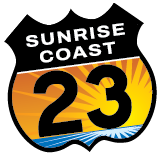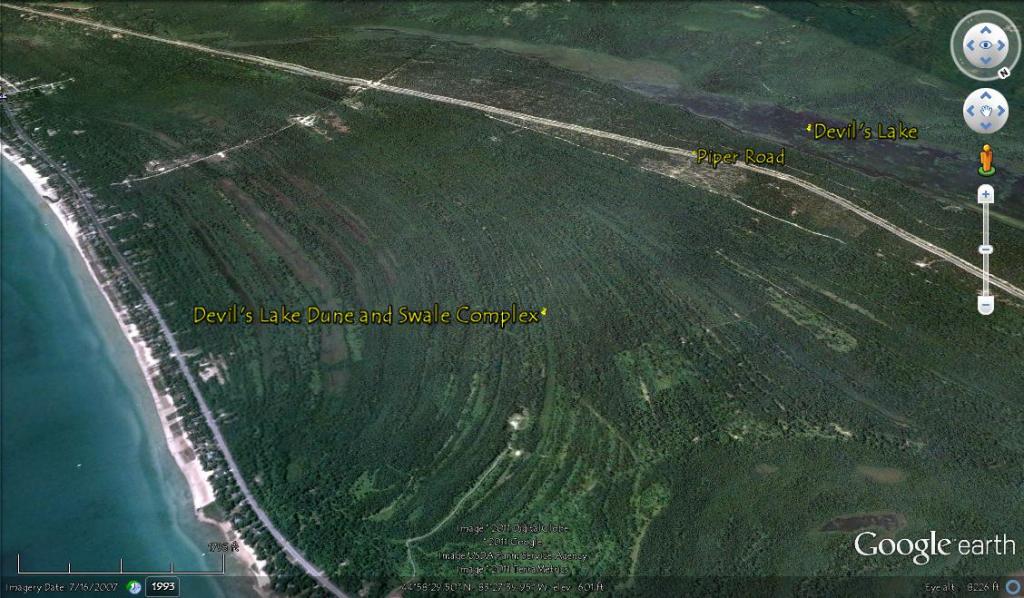Wooded dune and swale complex is a large complex of parallel wetland swales and upland beach ridges (dunes) found in coastal embayments and on large sand spits along the shorelines of the Great Lakes. The upland dune ridges are typically forested, while the low swales support a variety of herbaceous or forested wetland types, with open wetlands more common near the shoreline and forested wetlands more prevalent further from the lake. They were formed in two stages by retreating water levels and post-glacial uplift beginning with glacial Lake Algonquin approximately 12,000 years ago. As lake levels progressively receded, they deposited a series of low, parallel, sandy beach ridges ranging in height from 0.5 m to 4.0 m. The alternating sequence of arced sand ridges and associated swales often extends up to two miles inland. . - Michigan Natural Features Inventory.
Things To Do
Geology, Plant Community Viewing, Water Feature Viewing

